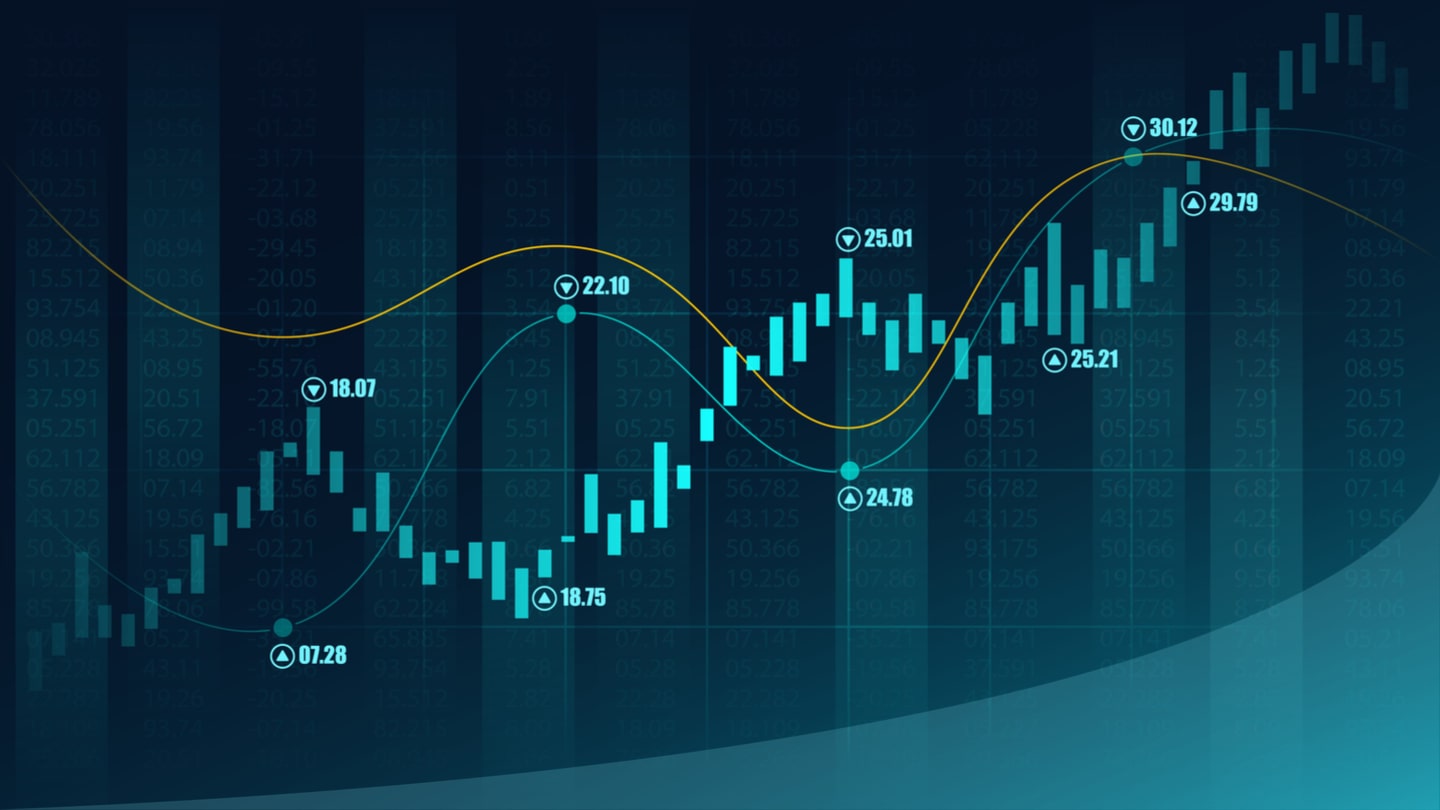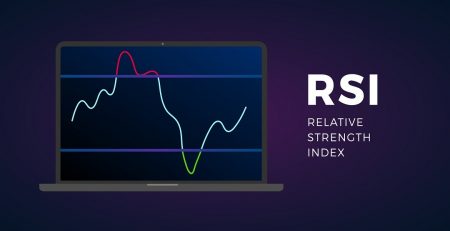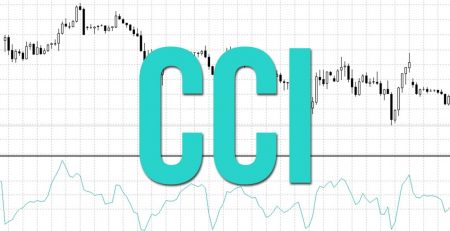Ichimoku indicator training
This indicator was first designed by a Japanese journalist named Goichi Hosoda in the 1930s. At first glance, this indicator seems a bit complicated, but it is one of the most widely used and useful indicators, and the signals obtained from it are well defined. Ichimoku Kinko Hyo is a translated one look equilibrium chart. The meaning of this sentence, if we want to express it, is that by looking at the chart, analysts can identify the trend and then look for buy and sell signals.

Applications of the Ichimoku indicator
- Identify share trends
- Check points of support and resistance
- Identify the direction and strength of the process
- Obtain important information from the stock in a short period of time
- Signals based on the entry and exit of the share
- Specify the loss limit
- Identify stock price return points
What are the Ichimoku indicators?
In the following image, in the Colors section of the software, different parts are well shown:

Kijun Sen (Blue Line): This line is called the standard line. The method of calculation is that the average of the highest price is calculated with the lowest price in a period of 26 days.

Tenkan Sen (red line): This line is known as the return line. The calculation method is that the average of the highest and lowest prices are calculated in a period of 9 days.

Chikou Span (Green Line): This line is known as the delay line and is calculated in such a way that the closing price today represents the price of the last 26 days.
Applications of Chikou Span in Ichimoku indicator training
- Identify trading trends
- Identify the support and resistance points of the share
Protection

Resistance

Consider the following example:

In general, it is not necessary to know how to calculate each of these lines, the important thing is to know what interpretation and application of each of these lines.

The chart above shows the share in daily timeframes. The signals that are obtained from different lines in the image above are as follows:
Kijun Sen (Blue Line): These lines are used to identify the rate of change in future share trends. Thus, if the price is above the blue line, it means that the share trend will be upward, and when the price is below the Kijun Sen line, there is a possibility that the share trend will be downward.
Tenkan Sen (red line): This line is mostly used to identify trends. When it moves up and down, it means that there is a trend in the market, and whenever it comes in horizontally, we will not see a particular trend in the market.
Identify trends by these two lines
Uptrend: When Tekan sen crosses the Kijun sen line upwards, we see an uptrend. Consider the following example:

Downward trend: Whenever Kijun sen crosses the Teken sen line upwards, we see a downward trend in the share trend. Consider the following example:

Take a look at the image below, which is the daily chart of the news, showing the trend of the share with changes in KS and TS at the same time.

Chikou Span (Green Line): Signals that can be used using this line include the following:
- Money that crosses the green line of the price chart from the bottom to the top is a buy signal.
- When the green line crosses the price chart from top to bottom, a sell signal is detected.
Como Cloud in Ichimoku Indicator Training
In the software (Down komo) it is marked in purple, which is confirmed by the following figure:

The image below is an example of a downtrend confirmed by the Cloud como downtrend

These Como cloud lines consist of two lines:
Senkou span A: which is obtained by obtaining the average of Tenkan sen and Kijun sen over a period of 26 days.
Senkou span B: is obtained by obtaining the average maximum and minimum price in a period of 52 days.
Buy and Sell Signals in Ichimoku Indicator Training
Buy signal: When the red line (Tekan sen) is above the blue line (kijun sen) and both lines are at the top of the cumo cloud at the same time, it is a sign that the share trend is rising.

Sell signal: If the blue line (kijun sen) is above the red line (Tekan sen), and both of these lines are at the bottom of the cumo cloud at the same time, it indicates a downward trend in the share. Consider the following example:

Neutral signal
No action should be taken to buy or sell shares when the price is inside the Como cloud.
Because in these circumstances, the share trend is not well known. Consider the following example:

Ichimoku indicator training









Leave a Reply